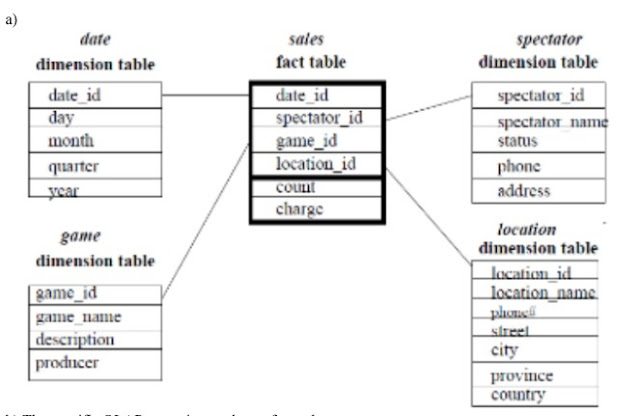What is technology infrastructural preparedness for E-readiness? Discuss.
Technological Infrastructural Preparedness
- Technology is fast changing in the ICT domain and there is rapid obsolescence of software as hardware which requires great financial support time and again.
- Government organizations encounter this situation especially as their procedures to procure hardware or software are very inefficient and slow.
- The technological infrastructure in developing countries including computing and telecommunication is absent. As a result software and hardware may compatible.
- The major reasons are
- cost of technology
- Adaptability
- Obsolescence
- This is a serious limitation to e-governance implementation.



Comments
Post a Comment